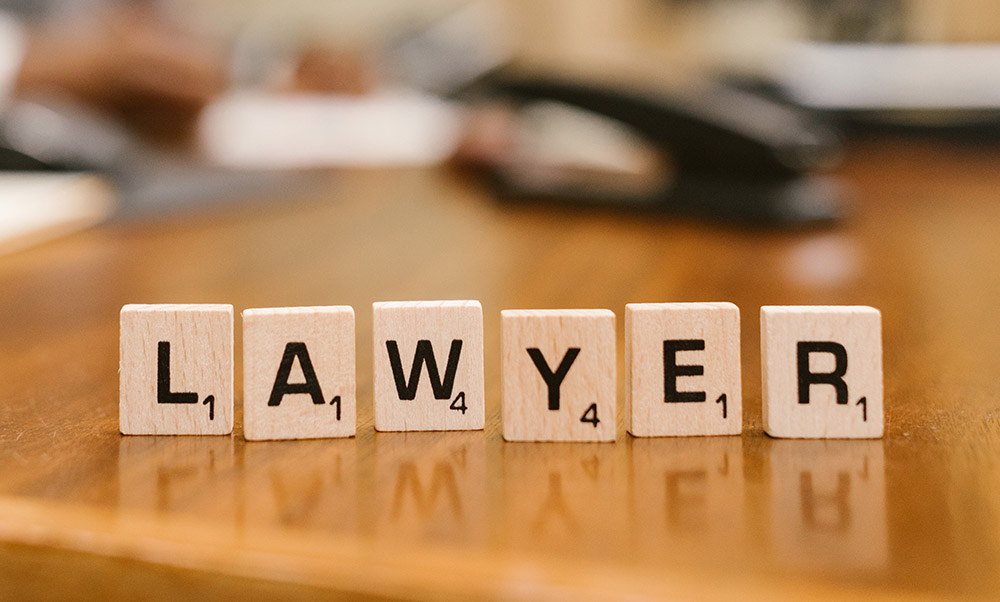
Difference Between Attested Copy and Certified Copy
Difference Between Attested Copy and Certified Copy
Both attested copies and certified copies are used to authenticate documents, but they differ in their process of verification and the authority responsible for validating them. Understanding the distinctions between these two types of copies is essential for legal and official purposes. Let’s explore the key differences between attested copies and certified copies:
1. Definition and Purpose
- Attested Copy:
An attested copy is a reproduction of a document that has been verified and signed by an individual, typically a notary public, government official, or any authorized person. The purpose of attesting a copy is to confirm that it is a true and accurate replica of the original document. - Certified Copy:
A certified copy, on the other hand, is a reproduction of a document that is verified and authenticated by an official or authorized personnel directly associated with the entity that issued the original document. The purpose of certifying a copy is to confirm its accuracy and legitimacy as an official duplicate of the original document.
2. Verification Process
- Attested Copy:
To create an attested copy, an individual known as an “attesting officer” examines the original document and compares it with the copy. After verifying its accuracy, the officer signs the copy and may also stamp it with their official seal. - Certified Copy:
A certified copy is usually obtained from the same entity or authority that issued the original document. The process involves an authorized officer or clerk verifying the copy against the original document in their possession. Once verified, the officer certifies the copy as a true and accurate duplicate by affixing an official stamp or seal.
3. Authority and Legal Standing
- Attested Copy:
Attested copies are generally used for various purposes, including personal matters and some legal proceedings. However, their legal standing may not be as strong as certified copies, especially in formal court proceedings or when dealing with government authorities. - Certified Copy:
Certified copies hold higher legal standing and are widely accepted as valid evidence in courts and official government proceedings. They are often used to prove authenticity in legal matters, government applications, educational institutions, financial transactions, and other formal processes.
4. Who Can Provide
- Attested Copy:
Attested copies are typically provided by notary publics, government officials, gazetted officers, or any other individual authorized by law to attest documents. The attesting officer’s signature and seal are essential to establish the authenticity of the attested copy. - Certified Copy:
Certified copies are issued by the entity or authority that issued the original document. For example, if you need a certified copy of your birth certificate, you would obtain it from the office of vital records or the registrar that issued the original certificate.
Conclusion
In summary, the primary difference between an attested copy and a certified copy lies in the verification process and the authority responsible for validating the document. An attested copy is verified and signed by an authorized individual, while a certified copy is authenticated by the entity that issued the original document. Certified copies hold more significant legal standing and are widely accepted as evidence in formal proceedings, making them the preferred choice when dealing with official matters and legal requirements.
